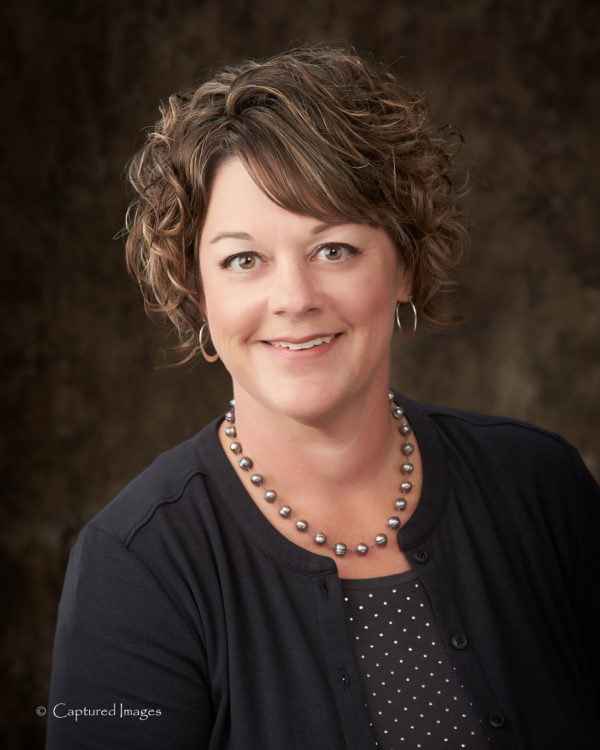Whether you are new to gardening or have been gardening for years, all gardeners should think about their soil fertility levels. Just looking at your plants won’t provide the proper information. Soil fertility is something that cannot be seen, felt or guessed about. So as we get ready for planting time, consider having a soil analysis on your garden soil.
A soil test reveals the base line nutritional values of soil. From this test, the type and amount of fertilizer to be used can be determined. In addition, a soil test will find the pH level of the soil. This kind of information is basic for developing a good plant nutrition program. For example, if your soil doesn’t need phosphorus or potassium – which may very well be the case – applying it is a waste of time and money.
Nutrient levels can change over time of course. K-State recommends testing garden soil every three to five years. But soil tests are only as good as the samples submitted. To take a soil sample, follow these steps:
- Mentally divide your garden into areas. Each area should be fairly uniform in soil color, texture and slope, as well as ability to grow plants. Avoid or sample separately any places that could give misleading results: low spots, old fence rows, etc.
- You will need a clean bucket and a soil probe or spade. Take 10 thin core or slices from different spots in the garden. Include soil down 6 to 8 inches deep. This is much easier to do if you don’t take samples when the soil is really wet.
- Put all samples into a bucket, crumble and mix them thoroughly. Remove any stones, grass, roots and thatch. Then take out a cup to a pint’s worth of soil, air dry it, and put it in a sealable container. You can spread the soil out on a newspaper to dry.
- Put soil into a lock-seal plastic bag or plastic food container. Label each container with your name, mailing address and phone number.
- Bring soil sample to the Southwind District Extension Office in Erie, Iola or Fort Scott. Chanute residents can drop soil of at Breiner’s Feed Store for pick-up. Soil sampling is $12 per sample. Sample results are usually available in 7 to 10 days.
Phosphorus and potassium levels tend to build up in the soil. Excess can harm growth, or worse yet, leach out and pollute streams and lakes. In recent years, the soil testing lab at K-State has found some Kansas garden and landscape samples contained so much phosphorus and potassium that testing couldn’t measure the amounts. The results literally were “off the charts.” By soil testing, you can determine if these nutrients need to be applied or not.
Did your garden just not perform the way you wanted it to last year? It could have been because the soil fertility level is not what it should be or the soil pH is off. Soil testing will determine that.
Don’t put off sampling until after the garden is planted. Do it now so soil fertility corrections can be made!
And as a reminder as we head into the growing season, I have office hours in each of the three locations within the district. I am in the Erie office Monday, Wednesday and Friday; Iola on Tuesday and Fort Scott on Thursday.
Krista Harding is a K-State Research and Extension Agricultural agent assigned to Southwind District. She may be reached at [email protected] or 620-244-3826.
K-State Research and Extension is an equal opportunity provider and employer.

